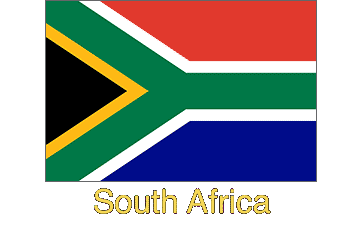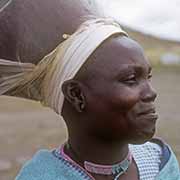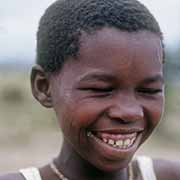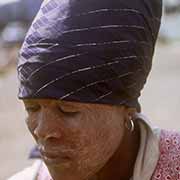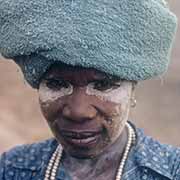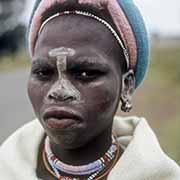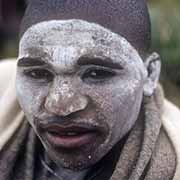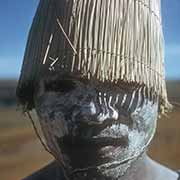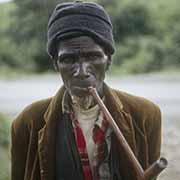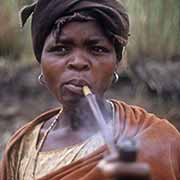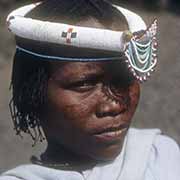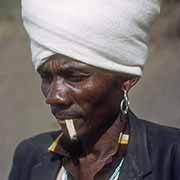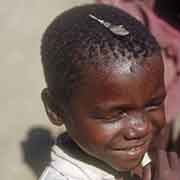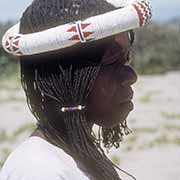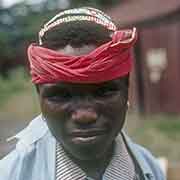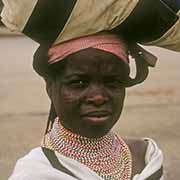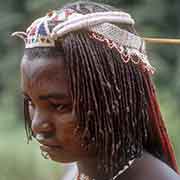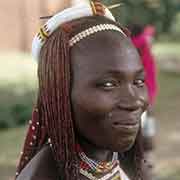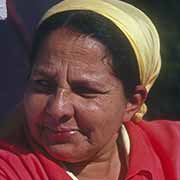Portrait photos of the people of South Africa
Portraits of South Africa
These are the faces of what, in Apartheid days, would be described as “non-white” people, who had to live away from whites, use separate entrances and public conveniences and were restricted from jobs, reserved for Europeans, and education. A very varied population, with a rich history and culture.
you may then send it as a postcard if you wish.
The Zulus are the most populous ethnic group and are justly famous for their resistance against Boer and British; they live mainly in KwaZulu-Natal. The Xhosa are the second most populous and primarily live in the east of the Eastern Cape Province. When these photos were taken, they lived in what then was named Transkei, to be made “independent” in 1976. Xhosa boys have to undergo “Umkwetha” initiation rituals and may be seen with their faces painted white. The Mpondo and Xesibe women may wear very distinct headgear and hairstyles.
“Coloured” people are those of mixed ancestry, mainly with Dutch, Khoekhoe (Khoikhoi) and other European origins, but also black African; they may now identify with distinct ethnicities. The Griquas originated from intermarriages between Dutch colonists in the Cape and the Khoikhoi already living there. They spoke Dutch and, like the Boers, migrated inland. Some settled near Kimberley in the Northern Cape Province, named Griqualand West. In 1861 their chief Adam Kok III led his group from the Orange Free State, where they had been forced out by whites, to the area around what is now named Kokstad, in the west of KwaZulu Natal.
The Cape Coloured people still live around the Cape. District Six, one of Cape Town’s inner-city residential areas, was inhabited mainly by people classified as “Coloureds”. However, due to the racist Apartheid policies, this neighbourhood was declared a “whites only” area, its inhabitants were moved out, and their houses bulldozed.


